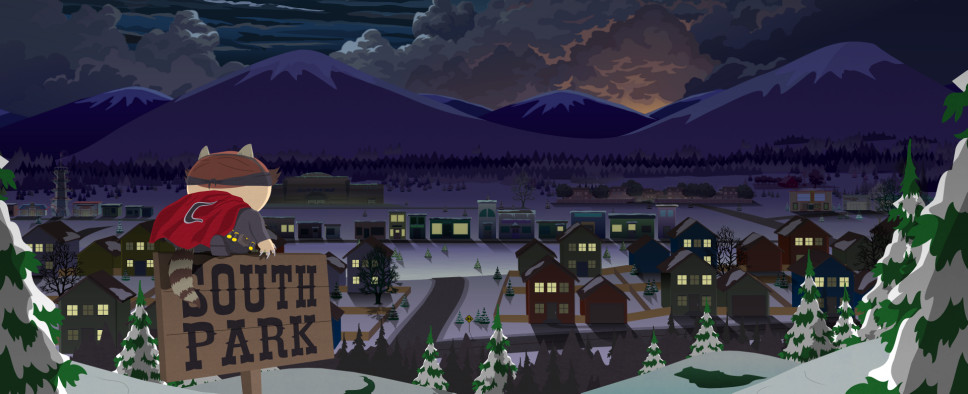How South Park Made Its Brand of Production Hell Work for The Fractured but Whole
-
Category: News ArchiveHits: 1834

Now that South Park: The Fractured but Whole is finally nearing its October 17th release, IGN brings us this article that takes a close look at the ins and outs of South Park's haphazard production cycle where the deadlines are constantly pushed to their limit. As it turns out, such an approach is not necessarily transferable to the realm of RPGs, and the people from South Park Digital Studios had to learn this the hard way, first with The Stick of Truth, where the game's entire scope had to be changed mid-production, and now with The Fractured but Whole, where Trey Parker had to record over 10,000 lines of voice acting right after a surgery. An excerpt:
TV show executive producer Frank C. Agnone II told me the story of being nearly finished with The Fractured but Whole, the sequel to 2014’s outstanding South Park RPG The Stick of Truth, but the TV team’s usual last-second process left Parker with 10,000 lines of dialogue to record just one week ahead of a big deadline. As if that wasn’t a tall enough task on its own, Parker then got very sick and ended up having emergency surgery to remove his gallbladder. Following the operation, Parker somehow convinced his doctor to let him temporarily leave the hospital to go get the dialogue laid down, and on the way back to the hospital, an exhausted Parker said to Agnone, “I just want this game to be sweet.”
Stone and Parker’s unique eleventh-hour production methodology was well-documented in 2014’s fantastic “Six Days to Air,” and publisher Ubisoft has been careful to try and not have the same deadline-killing mistakes from The Stick of Truth derail The Fractured But Whole. But the South Park TV team also learned valuable lessons, as I discovered from talking to the creative leads on both sides.
"[In] the Stick of Truth, originally, there was a branching out of factions," Parker told me. "So you went and did a whole thing with the goth kids, you did a whole thing with Ike and the pirates. It was all about all these factions and it just started to get completely unwieldy in terms of writing it and everything. If we understood the DLC concept well enough..." he said with a laugh.
"But we also were making the wrong game," Stone interjected. "We tried to make Skyrim starting out. That was not the right game to make. So it got molded down into more of a linear story."
I visited South Park Digital Studios’ Marina del Rey headquarters to interview Stone and Parker and play a bit more of the imminent South Park RPG sequel, The Fractured But Whole. But I’ve done a lot of that already. The more compelling story was the inside look I got at how the game was co-developed with the showrunners at SPDS; I’ve been lucky enough to see how a lot of video games have been made over the course of my career, but I’ve never seen a game made like this. In short, the developers at Ubisoft San Francisco had to adapt to the South Park TV team’s infamously insane eleventh-hour workflow, one that probably shouldn’t – and almost certainly couldn’t – be applied to any other show.
Production on Season 21 of the show was underway in a very low-key fashion while I was in the building. In a large, glass-walled conference room, I could see the writers – including Stone and Parker – pacing and tossing around ideas for the season premiere. Various names and concepts adorned a white board on the wall behind them. Friend of the show and occasional collaborator Bill Hader was taking a break, talking with a South Park staffer outside.
“Because of the dysfunctional way we go about producing the TV show,” Agnone explained, “the collaboration with Ubisoft on The Fractured But Whole had to be tight. We got better at it as we went along.” As a result, SPDS producer Adrien Beard noted that Fractured will satirize things that happened just two or three months prior to the game’s release. “Matt and Trey wrote the equivalent of four or five feature films [for this game],” Agnone said. Thousands of jokes got written, but they were edited down to the very best.
The writing, however, was only part of it. “Letting Matt and Trey go hands-on [with early builds of the game] was key,” Fractured But Whole lead narrative designer Jolie Menzel said. “It helped them know exactly what they wanted to do.”

